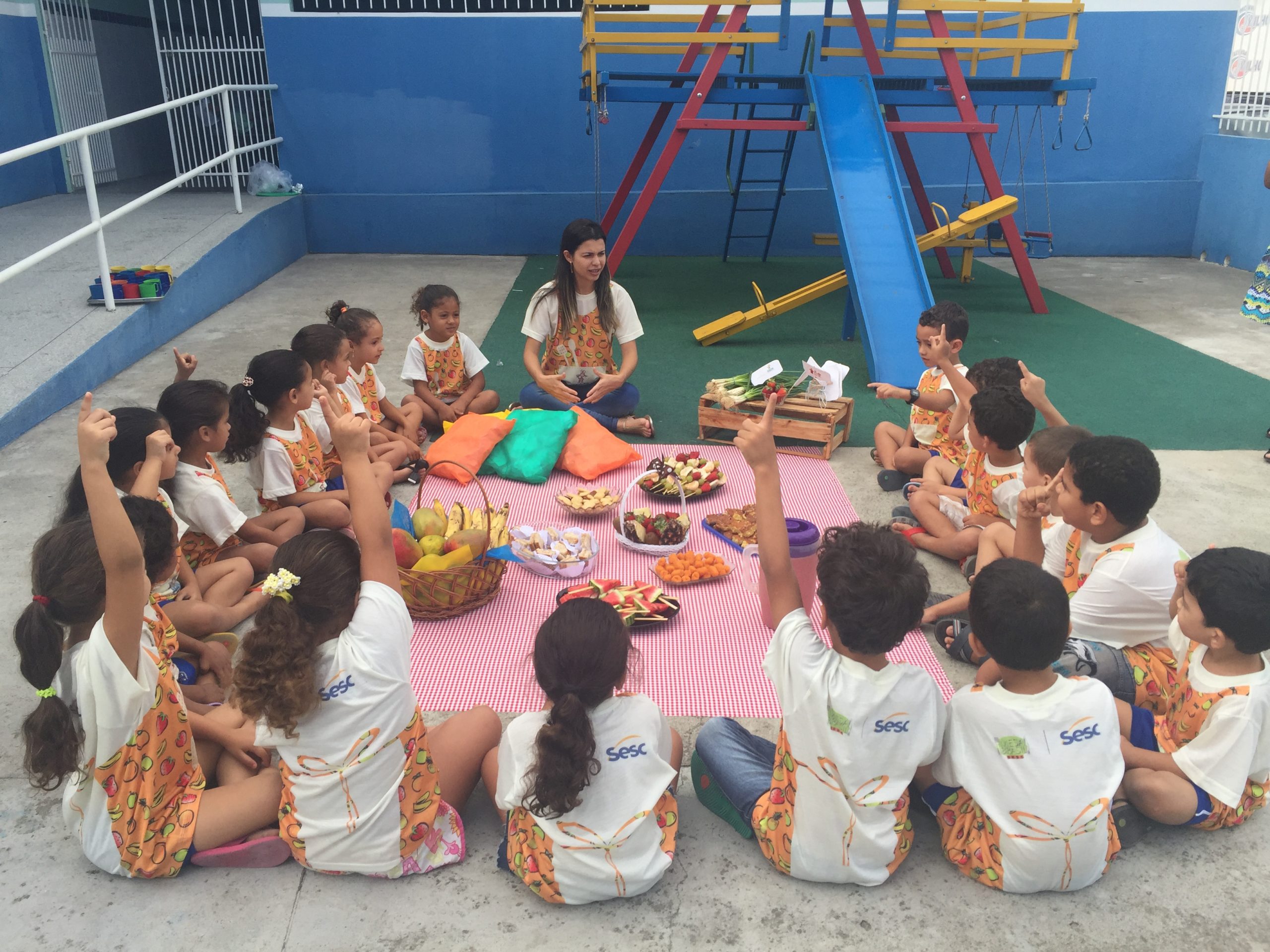Innovate to Alleviate celebrates our 15th anniversary by highlighting 15 unique innovations—game-changing approaches and adaptations from GFN and member food banks that make hunger alleviation efforts more efficient, effective, and inclusive. Kicking off on International Day of Awareness of Food Loss and Waste and concluding on World Food Day, this campaign demonstrates how food banks are an important component to solving hunger that are rooted in the communities they serve and essential to resilient food systems.
In addition to food distribution, food banks contribute to long-term hunger alleviation by offering nutrition education programs that equip people with the knowledge and skills to nourish themselves for life, which ultimately boosts a community’s health and resilience.
Integrating nutrition education into the food bank model is a key innovation of The Global FoodBanking Network’s mission, and we’re proud to highlight its success as part of our 15-year anniversary campaign, Innovate to Alleviate.
Network food banks educate communities about nutrition in a variety of ways.
Food bank staff work with local health professionals and nutritionists to organize workshops, seminars, and resources about maintaining healthy diets on a budget. They host cooking demonstrations to teach people how to creatively use foods provided by food banks, prioritizing cultural appropriateness and food waste reduction. And they can also offer community and home gardening programs to provide people with fresh food in areas where access to produce is limited.
Currently, more than 25 GFN member food banks have integrated nutrition education into their work.

Take Mesa Brasil Social Service for Commerce (Sesc), a GFN-supported food bank in Brazil, for instance.
Nutrition education has been central to the organization’s programming since its founding in 2003. The food bank has developed one of the most comprehensive and robust nutrition education programs in the Network because it caters to the varied and specific needs of the communities in which it operates.
Mesa Brasil Sesc’s culinary workshops, for example, provide cooks and interested community members with culinary training, teaching participants how to make nutritious dishes and how to extend the shelf life of ingredients to reduce food waste. The development of these skills translates to employment opportunities in restaurants, school kitchens, or as independent food vendors.

Another way that Mesa Brasil Sesc’s nutrition education programs meet the needs of specific communities is through the Healthy Meal project designed for children in daycare centers. Mesa Brasil Sesc’s nutritionists provide healthy food and educational activities that have successfully encouraged kids’ adoption of healthy eating habits, which has been especially impactful in reducing child obesity.
“[This] program reverberates through the community in a very positive way,” said Josiane Marcussi Torido, a Mesa Brasil Sesc nutritionist in Minas Gerais. “Through the influence of their children, families improve their dietary choices and develop healthy habits. These changes improve the health of the population, providing a better quality of life.”
Mesa Brasil Sesc is a great example of what happens when food banks prioritize localized nutrition education for all ages: communities become healthier, more resilient, and food secure. Integrating nutrition education is a proven innovation that has made an enormous impact in hunger alleviation, and we’re proud of the difference it’s made—and will continue to make—in people’s lives.
Learn more about other unique innovations that support hunger alleviation efforts in communities around the world.